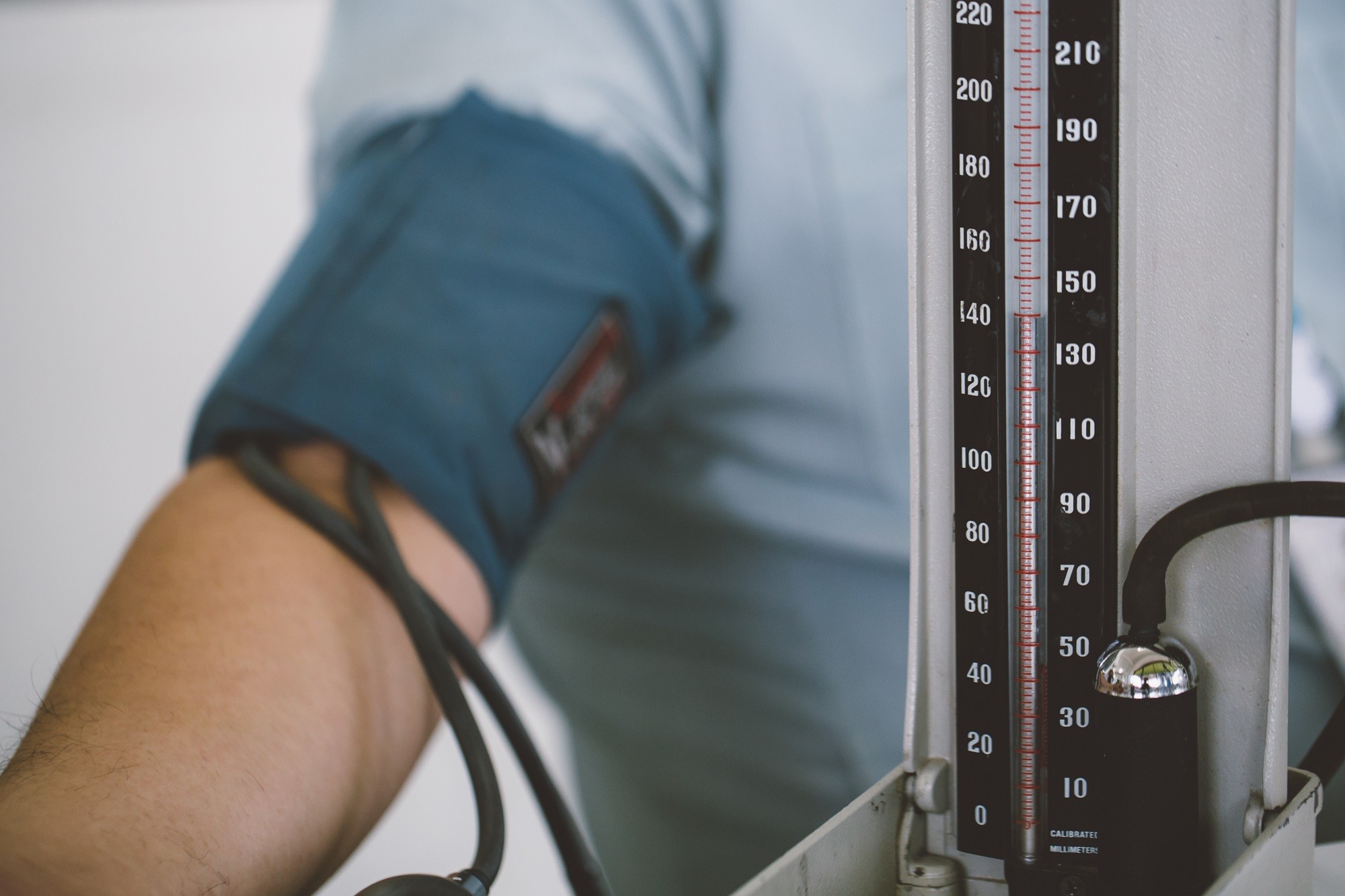Many of you most likely have got your blood pressure tested at least once. However, not many of you know that having high blood pressure in one reading is no conclusive proof that you are experiencing any high blood pressure symptoms.
High blood pressure symptoms
Hypertension is a silent killer. Most people do not experience any symptoms of high blood pressure in the early stages. Only after blood pressure levels reach a threshold level one experiences high blood pressure symptoms.
- Headache (at times severe)
- Dizziness and lightheadedness
- Blurred vision (or changes in vision)
- Nausea
- Shortness of breath
- At times, nosebleeds & blood in urine
Not all people experience symptoms and not all people experience the same symptoms. That is why it is important to have blood pressure measured periodically.
Blood pressure is measured by a machine called sphygmomanometer, usually called a BP machine.
Blood pressure fluctuations
The reason why one blood pressure cannot be taken as a confirmatory diagnosis of high blood pressure is that our blood pressure fluctuates during the day. Some of the normal fluctuations include:
- Low blood pressure during sleep times
- It is highest during the day
- It increases as soon as you wake up from sleep in the morning
- It changes with movement, rest, and other physical activities
Though this is part of the 24-hour Circadian rhythm of blood pressure, having excess fluctuations is a cause of concern. It may indicate heart problems, kidney disease, or other medical conditions.
Criteria for Hypertension diagnosis
For diagnosing high blood pressure, one has to take into account all the fluctuations of blood pressure, the presence of diabetes, and perform home-monitoring. Having high blood pressure consistently is a confirmation of the presence of hypertension.
Having said that, people who walk-in with severe symptoms of hypertension should be treated as hypertensive.
Method of diagnosing high blood pressure
- High blood pressure noticed in the clinic via measurement
- Follow-up measurements at the clinic is advised along with a detailed physical examination, family history, and presence of other medical conditions. Presence of diabetes and hypertension can lead to heart problems
- However, if systolic measurement is 180 mmHg or more, then one is diagnosed as hypertensive immediately
- If blood pressure is less than or equal to 140/90, and between 130 to 139 (systolic), and 85 to 89, follow-up and home measurements are advised
- In some people, ambulatory blood pressure is advised. This is a 24-hour BP monitoring that is done by a handy device
- Others have to measure their blood pressure at home or even at work
- If blood pressure readings are consistently high (130-139 systolic & 80-89 diastolic), only then should a person be diagnosed as hypertensive
Having a range of 120 to129 of systolic and less than 80 of diastolic is signified as elevated blood pressure. It could easily progress into hypertension if proper care is not taken.
Also, diabetes and hypertension is a deadly combination and can lead to heart problems. That is why people with diabetes need to measure their blood pressure levels at home as per the advice of their diabetes doctor.











